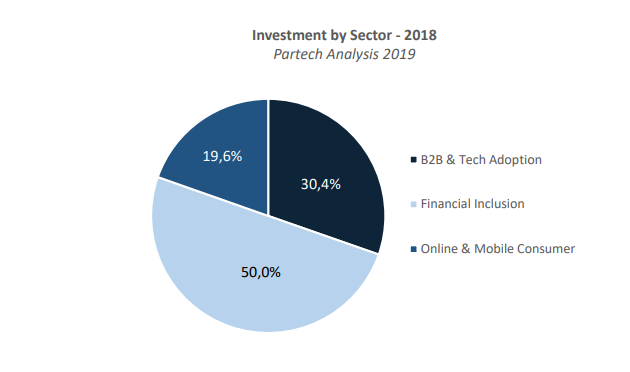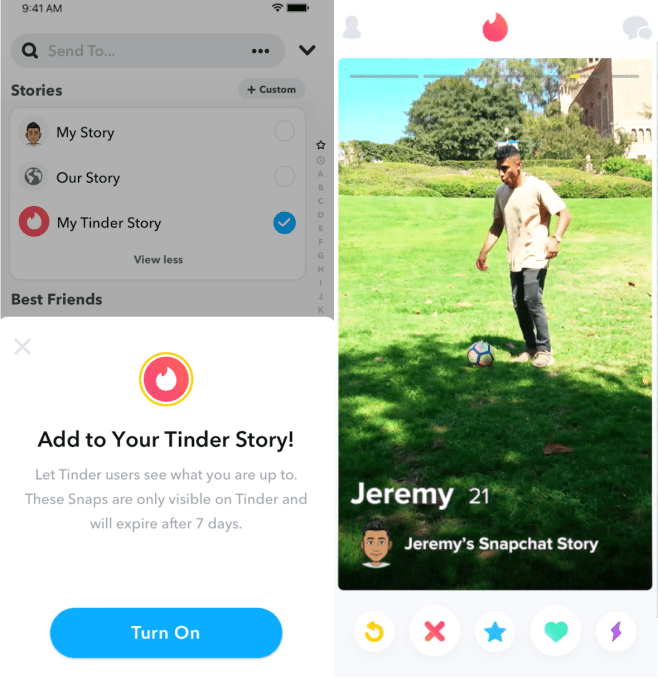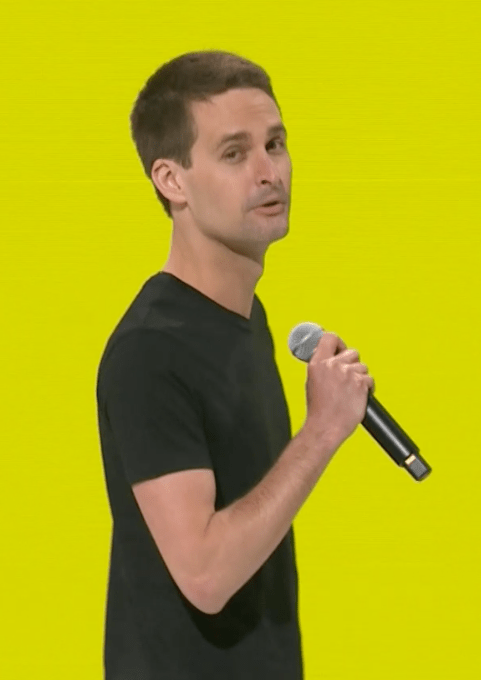Chikai Ohazama
Contributor
Chikai Ohazama is the founder and CEO of Muxgram, which offers messaging products like the upcoming
Sunday Beagle. He previously co-founded Keyhole (Google Earth/Maps) and held leadership roles at Google for 11 years.
When I first came out to California, one of my favorite places to go for sushi was in downtown Mountain View. They had these little boats that would float around the bar, each carrying some sushi on a small plate. You just sat down and started picking out the ones you liked, and began eating — very efficient and also a little bit of fun.
I feel like my news consumption these days is like those sushi boats. I sit down and the news just streams by and I pick out the articles I like and read them. Very efficient and also a little bit of fun. But I’ve been stuck at the sushi boat bar of news for far too long, watching the same imitation crab rolls go by. I need a better way to consume better information.
As you probably guessed, that “sushi boat bar of news” is Facebook, Twitter and the like. The algorithmic nature of news feeds tends to target the lowest common denominator, and it can often pander to people’s baser instincts. That being said, it does have its place, and provides a glimpse into what is capturing the general public’s attention — but it can’t be the whole meal, and that is what it has become. It’s like people who eat McDonald’s for breakfast, lunch and dinner. It’s tasty, addictive, but very unhealthy in the long term.
So what can you do about it, how can you make a change?
Email newsletters have been making a resurgence in popularity, but they are hard to manage and sort through. Christopher Mims of The Wall Street Journal tweeted about this problem:
if everyone has an email newsletter and someone gets the brilliant idea to consolidate them in one place where they can easily be followed or unfollowed wouldn’t that realize the dream of an open standards-based, surveillance-free alternative to Facebook?
And then Steven Sinofsky had a witty response:
And let us name it is RSS.
Indeed, another “old” technology like email that people have been gravitating toward as an alternative to get their daily news. Wired has proclaimed that “It’s time for an RSS revival” and it has resonated with well-respected thought leaders like Brad Feld. But RSS has had a tumultuous past, mainly used by professionals who need to keep up with their respective industries, not by the average consumer.
If email newsletters or RSS were to become the replacement, it would need a new approach or framework, not just a rehashing of past products. But that is only half the problem. In this day and age, we have become accustomed to having our friends and other people around when we read the news. Even if you don’t make any comments yourself, news exists in a public conversation and people’s reactions, whether they be from your friends or celebrities, are often part of the news itself.
Now these public conversations can be very toxic and are the very reason people are fleeing and looking for alternatives, but I don’t think people want to turn the dial to zero and go back to the days of reading the newspaper by yourself over breakfast. I think people still want others around — they just want it to be safe and free from trolls.
I think people are seeking relief from the barrage of social media, not knowing who to trust any more and wanting a better channel to the truth.
When the web first started taking off, information propagated via the web and hyperlinks, and that world was dominated by Google web search. As Facebook and Twitter grew into prominence, information started to propagate via social networks. And now people are starting to get more and more of their information via messaging, which is looking to be the next step in the progression. You can already see this transition happening in places like India with WhatsApp, where it is becoming a major source of misinformation. And there are interesting experiments out there like Naveen Selvadurai’s README on Telegram, where he posts articles into a Telegram group.
But for the most part there hasn’t been much evolution or progress on the messaging side of the equation to adapt it to become more of an information propagation medium. It’s still mainly about casual conversation and has little overlap with the “news feed” use case. But given how things are changing, now may be a good time to push the boundaries of what messaging could become. I think people are seeking relief from the barrage of social media, not knowing who to trust any more and wanting a better channel to the truth.
I’m pretty confident that closing the circle to a closer, trusted group would be welcome by most people. It doesn’t necessarily mean just friends, but it could include trusted experts or voices in the community that can help shepherd people through the noise and distractions.
Mike Isaac recently started a newsletter called “Brain Dump” wherein he wrote about his thoughts on the privacy post by Mark Zuckerberg, but what caught my attention was a paragraph near the end:
this is at least in part why i started this newsletter. the form is a kind of weird semi-private hybrid — a public newsletter, sent directly to inboxes, which occasionally elicits one-to-one conversations with some of you (that i greatly enjoy). it makes me feel much better than scrolling through twitter and watching performative nastiness.
A public forum with a positive audience interaction model. Even Fred Wilson noted that his readers often email him directly with comments that lead to one-to-one conversations. I wonder if Fred enjoys it as much as Mike does.
I’m sure this doesn’t scale very well, but it provides an interesting starting point that aligns with where we are heading. The modern equivalent of one-to-one email conversations is private messaging, which is squarely where Facebook has declared that it is headed, and it is also where people spend most of their time communicating these days, especially with the advent of mobile. The email newsletter also needs a modern equivalent, and maybe it can learn something from podcasts, which is seeing a major rebirth these days.
As it so happens, podcasts have adopted RSS as a de facto standard for providing feeds to podcast aggregators. It has its shortcomings, but it’s doing the job well enough that it continues to be used and has become a requirement for any new podcast that wants distribution. Even though it may seem like an esoteric protocol from the internet days of old, RSS is woven more deeply into the fabric of the web than you might think.
So if we think about who could shepherd us through the noise and distractions, could people like Mike Isaac or Fred Wilson be the right voices that help guide us toward understanding the truth of what is happening in the world? They are two very different types of people with two very different motives, and sometimes they are at odds with each other.
Mike Isaac is a journalist for The New York Times, a publication that recently did a campaign with the slogan, “The truth is more important now than ever.” We live in a time where world-class journalism is dying and yet it is desperately needed. The free press has always been a watchdog for democracy and, as The Washington Post says, “Democracy dies in darkness.” Journalists are probably the most obvious group of people that can guide us, since it is at the core of who they are and it is their job to expose the truth.
Fred Wilson is a venture capitalist for Union Square Ventures. He has a financial interest behind much of what he writes about, but that doesn’t necessarily disqualify him from being an important voice in the community. There are many people who are often the subject of the articles written in The New York Times that should have a voice of their own. “The Players’ Tribune” is a media company built entirely around that concept, giving athletes a platform to connect with the world on their own terms. The critics are skeptical that this just sugar-coats their stories, but you can’t ignore testimonials like the father trying to get his son to enjoy reading and how Steph Curry’s story connected with his son like no other sports publication could.
So I believe it will have to be a diverse group of voices that will guide us, just like reading only one publication these days may not always give you the whole story. It will likely start with one-to-one conversations between those voices and their readers, but that will only be the beginning.
People are starting to wake up to the reality of the digital world we live in and realize they are not safe.
Just like teenagers will resort to using Google Docs as their chat application of choice at school, the olds are using whatever tools they can get their hands on to find a safe way to understand the truth of what is going on in the world today. There is a product waiting to be built that is optimized for this purpose, and I’m sure companies large and small are trying to figure it out. For some like Facebook, it is an existential question. For publications like The New York Times and The Washington Post, it’s an opportunity to re-establish themselves after the wake of the internet revolution. And for the entrepreneurs, it could be the chance to use the thin edge of the wedge to work their way to a larger success.
The reason this is happening now is that people are starting to wake up to the reality of the digital world we live in and realize they are not safe. If you use Eugene Wei’s framework, social capital has grown to be enormous, but that by itself is not the concern — it is because social capital has become a fungible asset that can be bought, sold and used in whatever manner you choose.
It was all fine when it was just YouTube and Instagram influencers peddling products and making money, but when you can use that same social capital to influence elections, it started to make people feel very creepy and unsafe. The game is changing from one of status that Eugene Wei so articulately describes in his post to one of trust. We’ve fallen down a couple of levels in Maslow’s hierarchy of needs and safety has to be taken care of first before we can get back to esteem.
But we want to get back to trust and safety in a sustainable way, and for that we have to have the right business model. The tricky part is that trust tends to be inversely related to money. The more money you have, the less people trust you. I don’t think the general public trusts the billionaires to look out for their best interests, and the growing income disparity has only made it worse, spawning protests like “Occupy Wall Street” and political slogans like “We are the 99%.”
Ironically in the case of trust, a bank is a good analogy. People need to trust the bank to keep their money safe. If people trust a bank, more people will put more money into it. If they don’t trust the bank, then it will create panic and there will be a run on the bank.
In the context of social media, the currency is people’s attention and the bank is what is keeping people’s attention. People are losing trust in the current “attention banks,” so they are moving it out and trying to find a new more trustworthy place to store it. Again, to use Eugene Wei’s framework, the difficulty in migrating off of a social media platform will depend on how much social capital they have accumulated in the “attention bank” and if they can’t transfer that social capital easily, it will be much harder to leave. But for the average consumer, I don’t think they have much social capital, so it will be easy for them to leave. And when enough of the average consumers leave, there will be a mass deflation of the social capital value on the platform, so it will be easier for those “rich” people to leave also.
Now coming back to the business model. Just like banks make a profit by keeping other people’s money and lending it out to others, social media makes money by keeping other people’s attention and lending it out to others. The medium by which people’s attention is captured has moved from the printed page to an online web page, then an online web page to a social media post. And if the progression toward messaging is fully realized, then attention will migrate into a conversation, which would require a transformation of how people’s attention is lent out to others.
Keeping a dialog going between all parties, whether you like them or not, will only help us get closer to the truth.
This transformation is an opportunity to reinvent the business model. It still may fundamentally be about lending out people’s attention, but it may become much more tangible. If you go back to print media, when you purchased an ad in a magazine, you had to use the size of the readership as a proxy to gauge how much attention that was lent to you. If what you get instead is a conversation with a potential customer, it is much more valuable. A good indicator that this could be a good business model are companies like Intercom, which are creating tools to immediately engage in conversations with customers instead of just taking them to a landing page.
Now if you bring this back to people needing a better way to understand the truth of what is happening in the world, can we have frank and honest discussions about a product that may put the company that makes it in bad light, yet still have that company willing to advertise on the platform?
The answer to this question lies in private messaging. On a platform like Facebook and Twitter, where it is a public conversation, a “town square” as Zuckerberg calls it, then it is more likely to be a problem. But if the conversation is private or in a small closed group, then it is less likely to be a problem. If done correctly, it could be an opportunity to change people’s minds or clarify misunderstandings.
As we said before, it will require a diverse group of voices to guide us to the truth, and companies should have a voice in the conversation where people are talking about their products or services. It’s not too dissimilar to Yelp giving businesses a way to respond to reviews and defend themselves. I think it’s the fair thing to do, and what’s important is not who is right or wrong, but the conversation itself. Keeping a dialog going between all parties, whether you like them or not, will only help us get closer to the truth. Shutting them down will not. They just need to be safe and with people we trust.
If you walk down Harrison Street in San Francisco’s Mission District, you’ll come across a store front with blacked-out windows, right across from the award-winning restaurant Flour + Water, (where Steve Jobs famously got denied a table). The only writing you’ll find is on the front door, which says “By Reservation Only sasakisf.com.”
You would never know by looking at it, but it is also an award-winning restaurant owned by Masaki Sasaki, who earned a Michelin star when he was the chef at Maruya and also consulted for many other omakase restaurants in San Francisco. The restaurant seats 12 people and they offer only one prix-fixe menu nightly. When I want the best sushi both in quality and overall dining experience, this is where I go. Each bite sends you to another world and you can’t help but close your eyes to fully enjoy the experience. It is fitting that omakase is all the rage these days; an intimate experience with only the highest-quality fish, hand-crafted by a master chef.
I think this is where we are heading with our daily news consumption — private groups, only the highest quality, curated by experts that we trust. You can see this change already happening in people’s behavior, partly in reaction to recent events, but also because people are starting to educate themselves on how all of this technology works and what it means to them personally.
With that understanding will come action and people will begin to make different choices depending on how they feel about what they have learned. And that action will lead to opportunity for new and existing companies to provide a service that people want given what they now know.

Source: Tech Crunch




 Startups building financial technologies for Africa’s 1.2 billion population have gained the attention of investors. As a sector, fintech (or financial inclusion) attracted 50 percent of the estimated $1.1 billion funding to African startups in 2018,
Startups building financial technologies for Africa’s 1.2 billion population have gained the attention of investors. As a sector, fintech (or financial inclusion) attracted 50 percent of the estimated $1.1 billion funding to African startups in 2018, 



